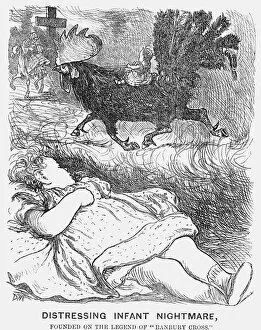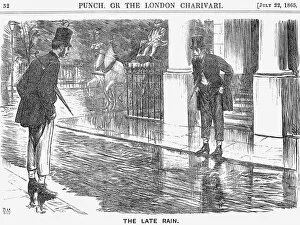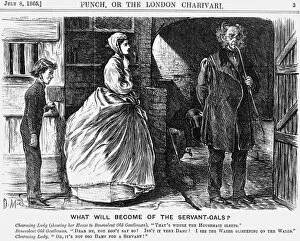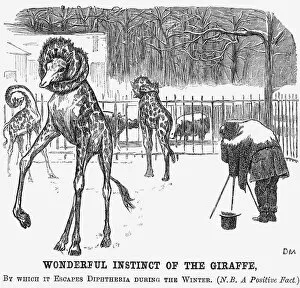George Du Collection (#3)
George du Maurier was a talented artist who made significant contributions to the development of Mesmeric Science
For sale as Licensed Images
Choose your image, Select your licence and Download the media
George du Maurier was a talented artist who made significant contributions to the development of Mesmeric Science. His works, such as "Hypnotism" in 1891, showcased his fascination with this intriguing field. In "A Conscious Martyr" from 1881 (1891), du Maurier depicted the struggles and sacrifices of those dedicated to their beliefs. One of du Maurier's notable pieces, "Awkward Incident in Fashionable Life" from 1876 (1891) by Swain, captured the humorous side of societal mishaps. Another work titled "Music at Home" in 1872 (1891) demonstrated his ability to portray intimate scenes filled with harmony and joy. In "Modest Assurance" created in 1879 (1891) by Swain, du Maurier explored themes of self-confidence and modesty. He also delved into the complexities of justice and perception through artworks like "Circumstantial Evidence, " which he crafted in 1879 (1891). Du Maurier's art often reflected episodes from high society life, as seen in his series called "Episodes in High Life, " produced in 1879 (1891). Additionally, he highlighted social dynamics with pieces like "Rivals in Social Success" from 1880 (1891). "A Speciality, " completed by du Maurier himself in 1882 (1891), showcased his unique artistic style and versatility. And it is evident that creativity flowed effortlessly for him as shown through works like "A Brilliant Idea" painted during the same year. Finally, George du Maurier's artwork portrayed various aspects of society while maintaining a sense of scarcity or urgency. This can be observed through pieces like "Alarming Scarcity, " which he masterfully created back in 1874 but reimagined again later on.







